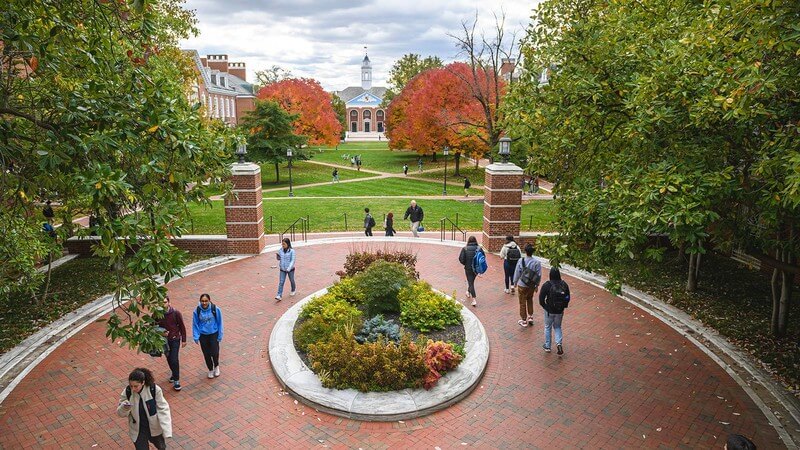Colleges in Baltimore
Baltimore in the state of Maryland was established as an independent city by the Constitution of Maryland in 1729. Forty miles northeast of Washington, DC, it is part of the combined statistical area of Washington-Baltimore and is home to the second-largest seaport in the Mid-Atlantic. The “city of neighborhoods” has also grown to include more than a dozen accredited 2- and 4-year higher education institutions, both public and private.
Baltimore City Community College is the only public community college in the city. Founded in 1947, the 2-year institution offers both associate degrees for transfer as well as continuing education. When it comes to undergraduate education, the University of Baltimore, located in midtown, offers 20 undergraduate degrees, as well as graduate and professional options. There are also two historically black universities in Charm City, Morgan State University and Coppin State University, CSU being a member of the University System of Maryland. USM has another campus in the area, as well, its first campus, the University of Maryland in Baltimore.
Of Baltimore’s private institutions, Johns Hopkins University is the most well-known. Founded in 1876, Johns Hopkins was the first research institution established in the US and was a founding member of the American Association of Universities. Consistently nationally ranked, Johns Hopkins five campuses to go along with the Johns Hopkins Hospital, with the Carey Business School and Peabody Institute in downtown Baltimore and the School of Medicine, Bloomberg School of Public Health, and School of Nursing in East Baltimore. The Maryland Institute College of Art has also called Baltimore home since 1826 and is a member of the Association of Independent College of Art and Design (AICAD), which is a consortium of 36 leading US art schools.
There are three religious institutions in Baltimore, Loyola University Maryland, Notre Dame of Maryland University (NDMU), and St. Mary’s Seminary and University. NDMU maintains the only women’s college in the state, as well as co-educational certificates and degrees at all levels.
A large number of residents in Baltimore don’t have a car, using public transit to commute. MTA Maryland offers a network of buses, a light rail network, and subway line. There are water taxi services, an intercity rail run by Amtrak, and two airports, the Baltimore—Washington Thurgood Marshall Airport and the Martin State Airport. The city also hosts extensive bicycle routes and walking trails.
























